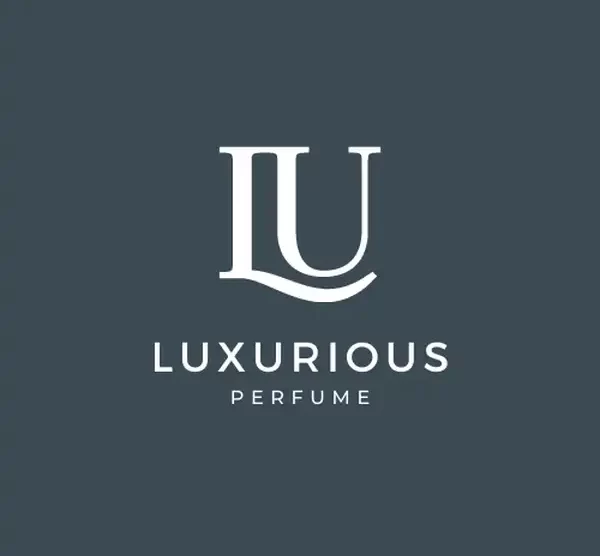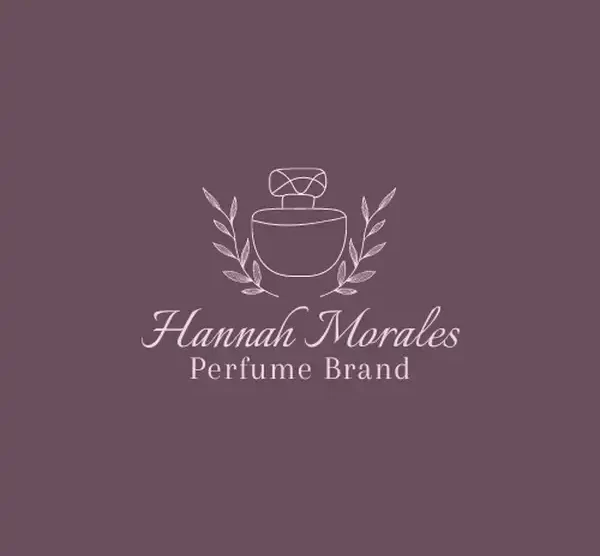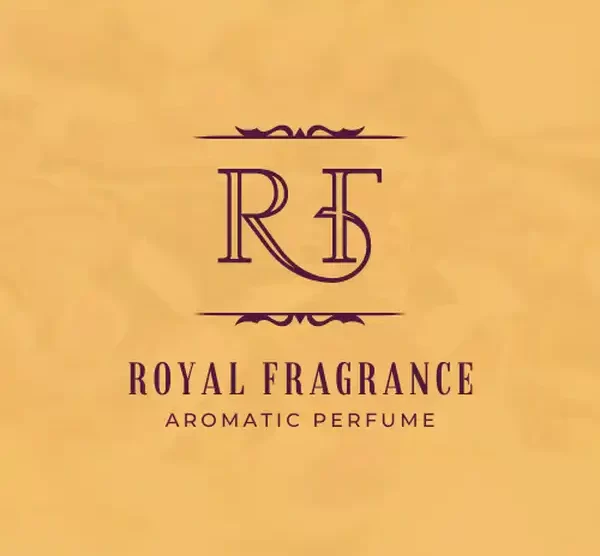10 Free Printable Perfume Labels Design Template





What is the difference between a perfume label and a fragrance?
A fragrance is a mixture of fragrant essential oils, natural extracts, and synthetic materials that produce a distinctive smell. A perfume label is a bottle that contains the scent.
A perfume label is a bottle that contains the scent. A fragrance is a mixture of fragrant essential oils, natural extracts, and synthetic materials that produce a distinctive smell.
What are some of the most popular perfume labels in the world?
The most popular perfume labels in the world are:
- Chanel: It is the most popular perfume label in the world, with 32% of respondents in a recent survey saying they wear Chanel.
- Dior: The second most popular label is Dior, coming in at 9%. of respondents.
- Estee Lauder: Estee Lauder is an American cosmetics and skin care company. It was founded in 1946 by Estee Lauder and her uncle Joseph Lauder.
- Gucci: Gucci perfume is made in Italy and is available in many variations. Gucci Black is the most popular scent, followed by Gucci Guilty.
- Calvin Klein: Calvin Klein perfume is one of the numerous famous labels in the world. Calvin Klein founded it in 1968, and today it has more than 2,000 perfumes. One of them is called Eternity, which is a perfume for women. Other popular scents are Eternity Summer and Escape.
- Tommy Hilfiger: One of these labels is the Tommy Hilfiger Perfume. It offers a variety of fragrances, including Tommy Girl and Tommy Woman.
How to Create a Good Quality Perfume Label
Creating a good quality perfume label is a crucial part of launching a new perfume. Here’s a simple guide, explained in an easy-to-understand way:
- Choose Your Fragrance
- Start by picking a scent you love.
- Pay attention to the different notes (like floral, citrus, woody) in the fragrance, as these will be key in your label design.
- Name Your Perfume
- Think of a name that’s catchy and reflects the essence of the perfume.
- Look at other perfume names for inspiration, but make sure yours is unique.
- Design the Label
- Use design software like Photoshop or Illustrator.
- Consider the following in your design:
- Colors: Choose colors that match the scent. For example, use green for a fresh, nature-inspired perfume.
- Fonts: The font should be easy to read and fit the style of your perfume. Elegant fonts for a luxury perfume, for example.
- Images: If you want to include images, pick ones that represent the scent or mood of the perfume.
- Include important information like:
- The name of the perfume.
- The brand name.
- The volume (like 50 ml).
- Ingredients, especially if your perfume has unique or natural elements.
- Any necessary warnings or instructions for use.
- Order the Labels
- Once your design is ready, find a good printing company to print your labels.
- Make sure they can print high-quality labels that will look great on your bottles.
- Test Your Label
- Before ordering in bulk, get a sample to see how it looks on the bottle.
- Make sure the label sticks well and the colors and design look good in real life.
- Final Touches
- Once you’re happy with the sample, you can order all your labels.
- When they arrive, carefully apply them to your perfume bottles.
A good label not only provides information but also helps your perfume stand out.
Free Printable Perfume Labels






What are the requirements for perfume oil label?
Creating a label for perfume oil involves several key requirements to ensure it’s informative, compliant with regulations, and appealing to consumers. Here’s several key requirement:
- Basic Information
- Name of the Perfume: Clearly display the product name.
- Brand Name: Include the name of the company or brand making the perfume oil.
- Ingredient List
- List all ingredients used in the perfume oil, especially essential oils and fragrances.
- Volume or Quantity
- State how much perfume oil is in the bottle (like 50 ml or 100 ml).
- Safety Information and Warnings
- Include any necessary warnings, like skin sensitivity or allergy advice.
- Instructions for Use
- Provide simple directions on how to use the perfume oil.
- Country of Origin
- Mention where the perfume oil was made.
- Regulatory Compliance
- Follow legal requirements for labeling in your country (like FDA rules in the USA).
- Barcode or Batch Number
- This is useful for tracking and in case of recalls.
- Expiration Date
- If the perfume oil has a limited shelf life, include an expiration or best-by date.
- Contact Information
- Add the manufacturer’s or distributor’s contact details (like a website or customer service number).
- Design Elements
- Make sure the label is visually appealing. Use colors, fonts, and images that reflect the scent and brand.
The label is not just for compliance; it’s also a key part of your product’s presentation.
Common Mistakes and How to Avoid
Creating perfume labels requires attention to detail and an understanding of design principles. Here are some common mistakes to avoid:
- Overcomplicating the Design
- Mistake: Using too many colors, fonts, or images, making the label look cluttered and confusing.
- How to Avoid: Stick to a simple color scheme and one or two fonts. Less is often more in design. Ensure there’s enough white space to make the label look clean and elegant.
- Ignoring Brand Identity
- Mistake: Designing a label that doesn’t align with the brand’s overall image and messaging.
- How to Avoid: Ensure the label design reflects your brand’s personality. Use consistent colors, fonts, and logos that are recognizable as part of your brand.
- Neglecting Legibility
- Mistake: Choosing fonts or colors that are hard to read.
- How to Avoid: Use clear, legible fonts and high-contrast color combinations to ensure all text on the label is easy to read.
- Forgetting Essential Information
- Mistake: Missing important details like the perfume name, ingredients, volume, or manufacturer details.
- How to Avoid: Create a checklist of all the necessary information that must be on the label and cross-reference it during the design process.
- Not Complying with Regulations
- Mistake: Overlooking legal requirements for labeling in your region (such as ingredient listing, safety warnings, etc.).
- How to Avoid: Research and adhere to the legal requirements for cosmetic labeling in the area where you’ll be selling your perfume.
- Using Low-Quality Images
- Mistake: Incorporating pixelated or low-resolution images.
- How to Avoid: Always use high-resolution images to ensure your label looks professional and crisp when printed.
- Inconsistent Branding Across Products
- Mistake: Varying designs too much between different products in the same line.
- How to Avoid: Keep a consistent theme across all products for brand recognition.
- Not Testing the Label on a Bottle
- Mistake: Designing a label without considering how it will look on the actual perfume bottle.
- How to Avoid: Print a prototype of your label and test it on a bottle to ensure it fits well and looks good.
- Ignoring the Target Market
- Mistake: Creating a design that doesn’t appeal to the intended customer base.
- How to Avoid: Understand your target audience and design the label to appeal to their tastes and preferences.
- Failing to Stand Out
- Mistake: Designing a label that blends in too much with competitors.
- How to Avoid: Research competitor products and find a way to differentiate your label, making it unique and eye-catching.
How do you brand perfume bottles?
Branding perfume bottles effectively involves several creative and strategic steps. Here’s a guide that’s easy to understand:
- Choose a Unique Name
- The name should be memorable and reflect the scent or theme of the perfume.
- Design a Distinctive Bottle
- The shape and color of the bottle should stand out and match the style of the perfume.
- It could be elegant, modern, classic, or playful, depending on your brand.
- Create an Eye-Catching Label
- The label should include your brand name and logo in an attractive font and color scheme.
- It should also have other important information like the perfume name, volume, and ingredients.
- Select Signature Scents
- Choose scents that are unique to your brand and appeal to your target audience.
- You can have a signature scent that represents your brand.
- Develop Consistent Packaging
- The box or packaging of the perfume should match the bottle and brand style.
- It should be appealing and protect the bottle.
- Use High-Quality Materials
- Ensure the bottle, label, and packaging materials are of good quality to give a premium feel.
- Market Your Brand
- Use advertising, social media, and other marketing strategies to get your brand name out there.
- Tell a story about your perfume that connects with customers.
- Offer a Range of Products
- Consider offering different sizes or variations of your perfume.
- You can also expand to related products like body lotions or travel-sized versions.
- Focus on Customer Experience
- Make sure customers have a great experience from seeing the product to using it.
- Good customer service and engaging in-store or online experiences can help.
- Gather Feedback and Improve
- Listen to what customers say about your perfume and make improvements if needed.
Branding is not just about how the product looks; it’s about creating a connection with your customers.
















